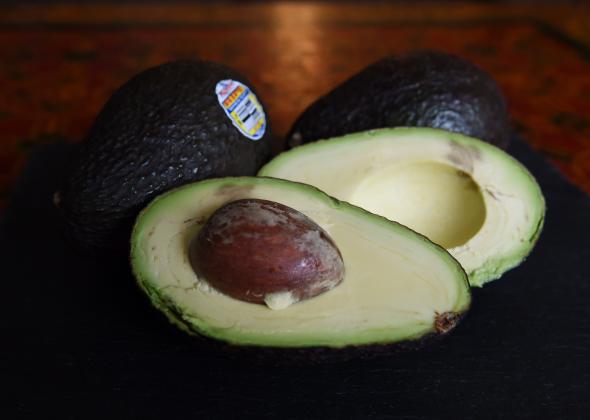On Wednesday, the New York Times Twitter account tweeted a link to a recipe that the paper of record had originally published on its now-defunct Diner’s Journal blog in 2013. The recipe was the creation of venerated French chef Jean-Georges Vongerichten and Ian Coogan, his chef de cuisine at the Mexicanish New York City restaurant ABC Cocina. It calls for a ratio of 1/2 to 2/3 cup fresh green peas to three avocados, and is otherwise fairly traditional, with jalapeños, cilantro, scallions, and lime. But you wouldn’t know that from the Twitterstorm that erupted after the New York Times tweeted the link, along with the note, “Add green peas to your guacamole. Trust us.”
The instantly legendary social media brouhaha grew to envelop the Republican Party of Texas (which tweeted, “The @nytimes declared war on Texas when they suggested adding green peas to guacamole”) and even the president of the United States. Asked about the recipe in a Twitter chat, President Obama wrote, in fluent Twitterese, “respect the nyt, but not buying peas in guac. onions, garlic, hot peppers. classic.”
I suspect two reasons for the Internet’s immediate consensus that peas do not belong in guacamole. The first is that peas have a suspiciously healthy aura—they are one of a few quintessential vegetables that parents force their kids to have a bite of if they want dessert. And hiding peas in guacamole seems like an attempt to sneak vegetables into an unwitting eater’s diet, à la Jessica Seinfeld’s carrot-spinach brownies and cauliflower macaroni and cheese. Most adults do not take kindly to patronizing culinary subterfuge.
The second reason for Peagate has to do with a vague notion of authenticity, which, despite being something of an elusive quarry, remains highly prized among foodies (who seek out hole-in-the-wall Vietnamese restaurants to find pho like they make in the old country) and regular old culture vultures alike (who argue over Iggy Azalea’s rap bona fides). Americans have a particularly possessive relationship with Mexican food, which, as Gustavo Arellano detailed in his 2012 book Taco USA, white Americans like laying claim to. And unlike, say, huitlacoche or even mole sauce, guacamole is simple and familiar enough that we all know what it’s supposed to look like, so we can all participate in protecting its purity from a French chef’s perversions. (But actually, considering that many people saw only the tweet and not the recipe’s provenance, the backlash obviously had less to do with Vongerichten and more to do with the Times, which has a reputation for being suspiciously liberal and faddish.)
There are pea guacamole recipes all over the Internet and have been for years. This particular pea guacamole recipe has been on the New York Times website for two years. So why did Peagate erupt now? For one thing, it’s a slow mid-summer news week before a holiday weekend; people are feeling hot and antsy. For another, it’s hard to imagine a more brazenly confident way of recommending a recipe variation than the New York Times’ eight-word tweet—the deliberate smugness of “Trust us” was engineered to outrage people.
As the author of a recipe column called “You’re Doing It Wrong,” I should know a little something about that. Food fights—which is to say arguments over the “right” way to make a dish—are alternately fun and exasperating because they’re so low-stakes, and because there is never any definitive answer. I have participated in and even instigated a number of disputes over recipes, which almost always adopt a tone of extreme seriousness in the service of humor. With the exception of a few people without a sense of proportion, we know none of this actually matters, and that’s why we take such relish in performing indignation about it. I can’t begrudge anyone who had fun ragging on the Times yesterday, but I’ve gotten to a point where feigning deep concern over recipe variations just isn’t particularly enjoyable anymore. (Or at least it isn’t in this case, maybe because putting peas in guacamole doesn’t actually sound that bad to me.) I’ve been here too many times before—with chili, macaroni and cheese, scrambled eggs, and hundreds of other recipes. No one is ever going to win any of these arguments.
So should you add peas to your guacamole? Try it if it sounds good to you. Don’t try it if it doesn’t sound good to you. And rest assured that no one is ever going to make you eat anything you don’t want to eat. That’s the beauty—and folly—of talking about food.
